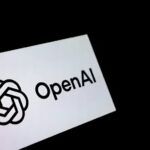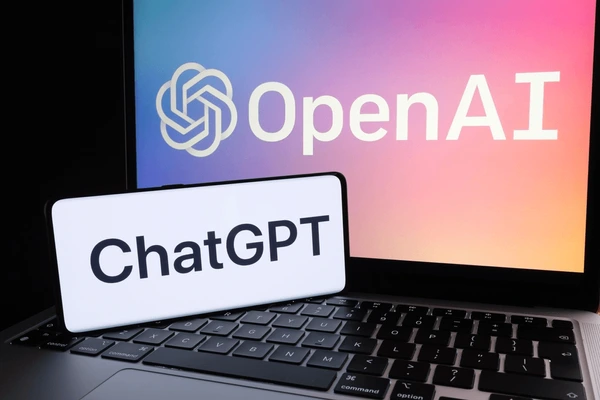New family of OpenAI models includes GPT-4.1, GPT-4.1 mini, and GPT-4.1 nano variants—all specialised for programming. They have a context window of 1 million tokens (about 750 million words) and an output window of 32,000 tokens, but are currently only available through the API.
The cost of using the models:
- – Full versions: $2 per million incoming tokens and $8 per million outgoing tokens.
- – Nano version: $0.10 per million incoming tokens and $0.40 per million outgoing tokens.
According to the company, GPT-4.1 is optimised for front-end coding, formatting, and tool creation. In the SWE-bench Verified software development test (scoring between 52% and 54.6%), the model outperforms GPT-4o and GPT-4o mini, but falls slightly behind Gemini 2.5 Pro (63.8%) and Claude 3.7 Sonnet (62.3%). The company also clarifies that the model’s reliability decreases when processing large numbers of tokens—from 84% for 8,000 tokens to 50% for 1 million.

As a reminder, OpenAI plans to remove the GPT-4 model from ChatGPT on April 30th, making GPT-4o “the natural successor to” it; similarly, the previous version of GPT-4.5 will be deprecated from the API on July 14th, as “GPT-4.1 offers improved or similar performance at much lower cost and latency than” it.
GPT-4o, which will become the base version of ChatGPT, was updated last month with an image generation option—that became so popular that OpenAI had to limit applications and suspend access to free accounts to prevent GPU meltdowns.
On April 4, OpenAI CEO Sam Altman announced on X that the release of GPT-5 has been postponed, so the model won’t appear until “in a few months,” rather than in May, as previously expected. Full version of the o3 and o4 mini reasoning models are also expected to debut in the coming days—clues noted on engineer Tibor Blaho’s recent ChatGPT blog.





